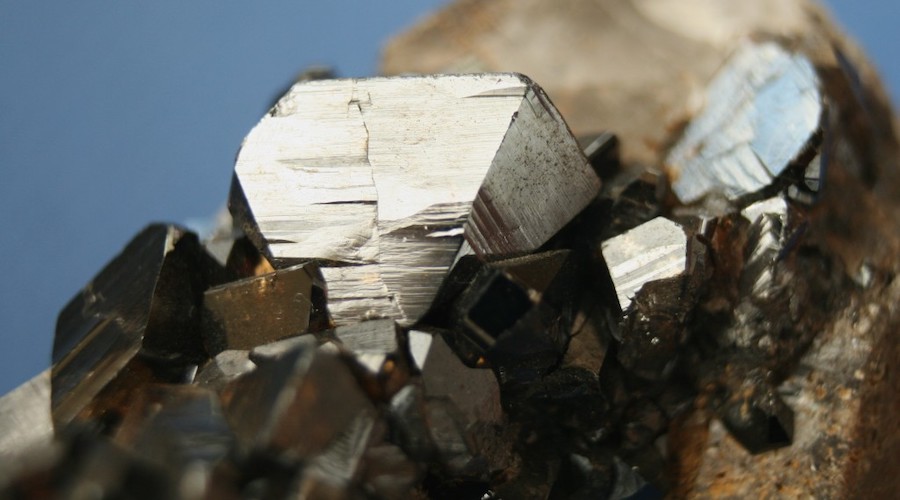
The International Tin Association and the Responsible Minerals Initiative joined forces to develop a set of guidelines aimed at clarifying what ‘due diligence requirements’ mean for the tin supply chain.
“These Criteria are designed to align with the internationally recognized OECD (Organisation for Economic Co-operation and Development) due diligence guidance, assist with the new London Metal Exchange (LME) responsible sourcing requirements, and satisfy other upcoming requirements such as the EU Minerals Due Diligence Regulation,” ITA and RMI said in a media statement.
The OECD has 36 members, mostly countries with high-income economies and very high Human Development Index
The criteria enable audit firms and their individual auditors to conduct rigorous and consistent checks on whether any smelter has implemented OECD supply chain due diligence.
The OECD conformance criteria specify
The criteria also provide guidelines when it comes to the steps to be taken to collect additional supply chain information, conduct a risk assessment, establish an on-the-ground assessment team to assist in reporting and managing identified risks, as well as undergoing independent third-party assessments when companies are sourcing minerals known or suspected to be from a conflict-affected and high-risk area.
Incorporating these ground rules, the ITA and RMI “Assessment Criteria for Tin Smelting Companies” presents five steps that smelters are required to follow, namely:
“We are excited to announce this important step forward in progressing due diligence and responsible sourcing for the tin industry” said Kay Nimmo, head of sustainability at ITA, in the press brief. “We are proud to be able to bring together multiple views of complex due diligence expectations into this one new harmonised text which will be recognised by assessment processes of both our organisations and the market. This will not only improve risk management but will help to streamline information requests through the supply chain.”
Nimmo explained that after incorporating consultation feedback from a broad spectrum of stakeholders across the tin supply chain, the new criteria will be used by the RMI to replace their “Tin Standard for the Responsible Minerals Assurance Process.”
The executive also said that the new document improves the previous one by focusing exclusively on the tin value chain; structuring to reference each step of the OECD Due Diligence Guidance Supplement on Tin; highlighting additional, separate regulatory or downstream expectations; outlining practical expectations for red-flag review of suppliers; explaining how smelters may use OECD-aligned joint industry initiatives for due diligence support; and clarifying terminology and separating procedural or guidance text for auditors.